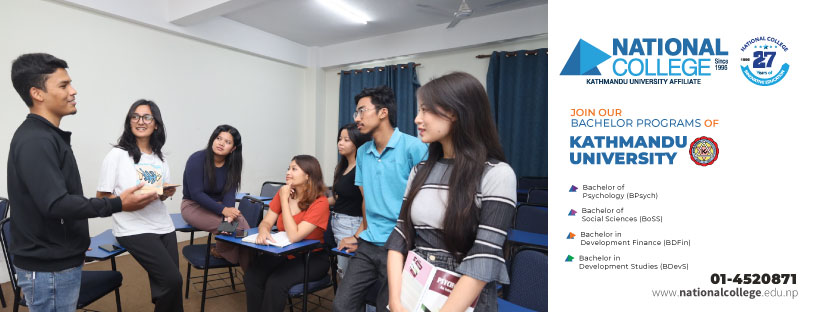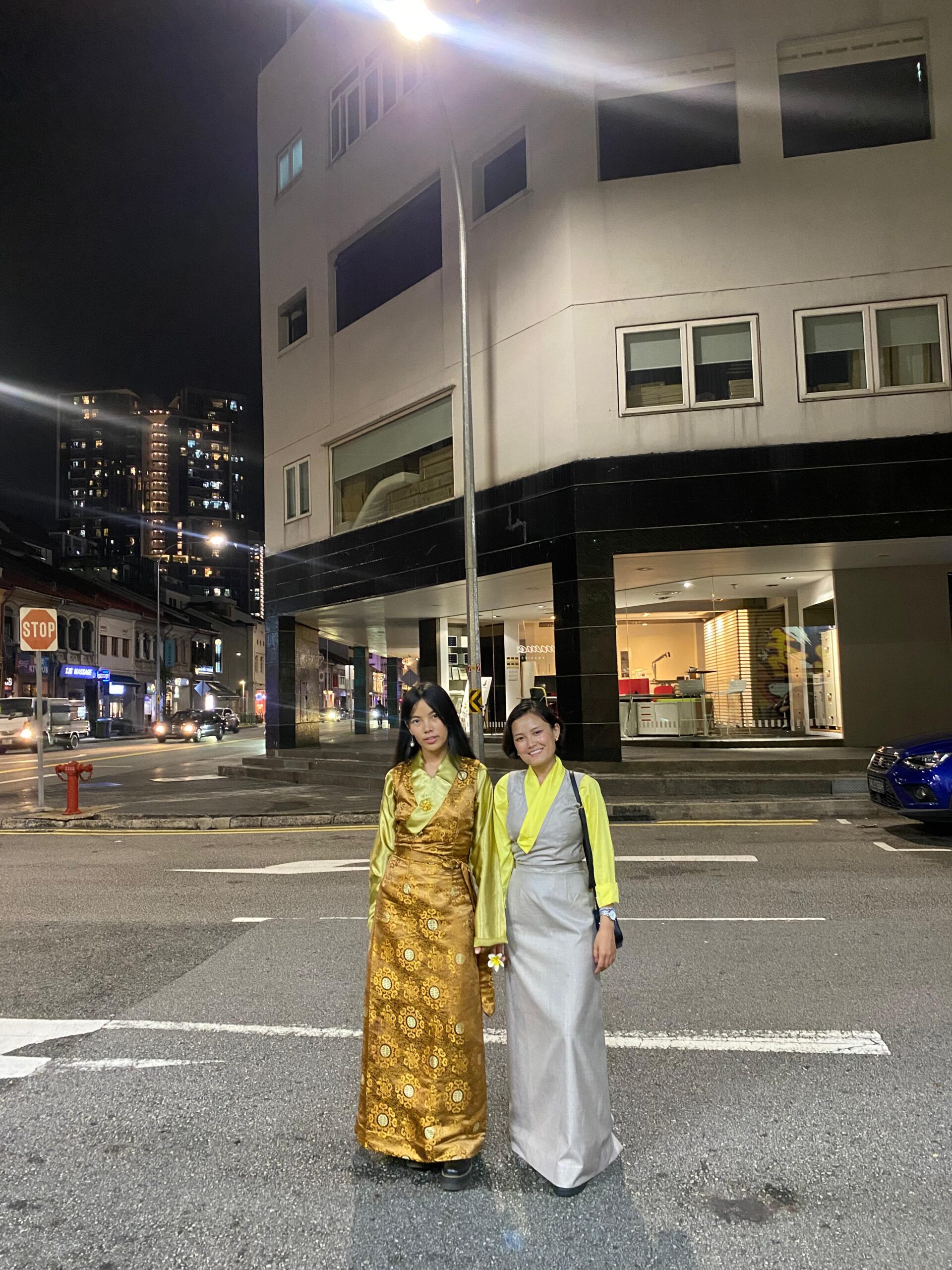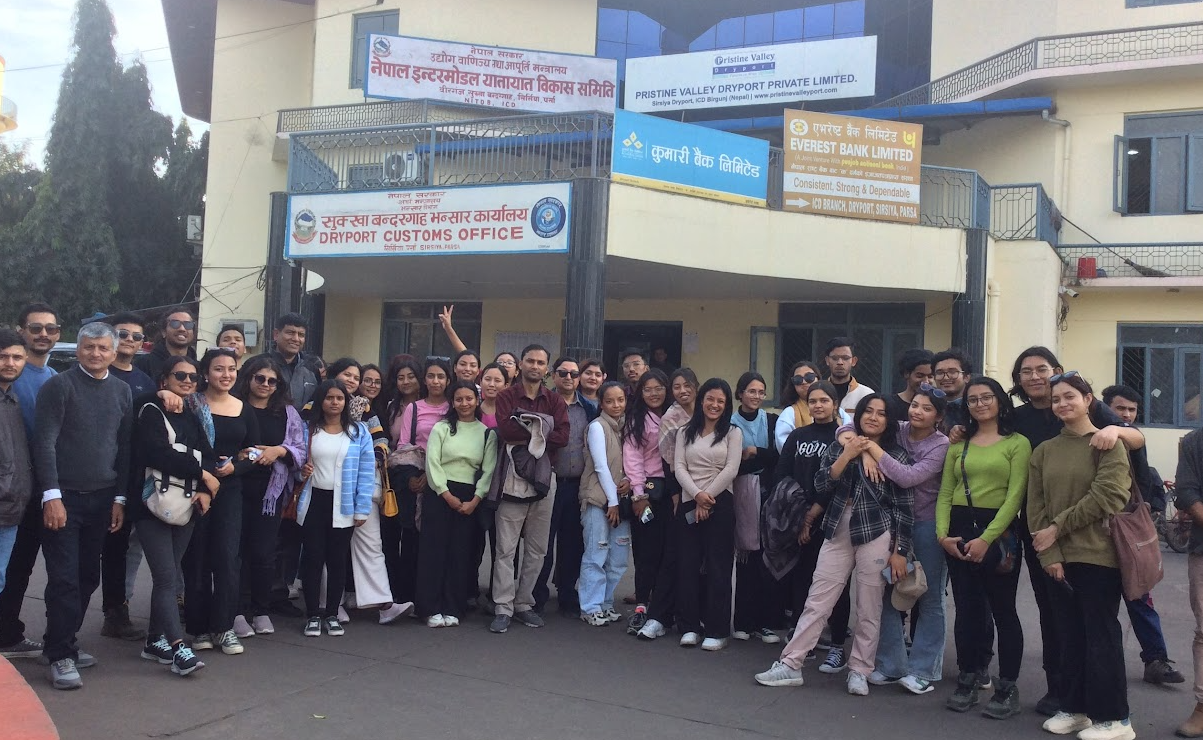— Tripti Ranabhat (BoSS 1 yr)
August 2021
The United Kingdom boasts of its array of elite universities. Universities that date back as early as 1096(Oxford University) have housed remarkable individuals that pioneered the modern world. Leaders that changed the course of humanity and left behind legacies that shall last forever more. These beautifully erected castles stand on the foundation of billion dreams, dreams that hope to take flight and each with their aim of bettering the world they live in. However, one struck by the grandiose of such institutions might fail to notice the deep dark hallways of systemic racism, sexual harassment and social injustice. Deeply rooted issues that never see the light of the day trap millions and millions of immigrant dreams, dreams of the minorities that struggle in the fight for social mobility every minute within the walls of these institutions. How can such exceptional universities that present themselves as the beacon of hope for brilliant minds allow for such unfairness? Why does a student’s background change the way they experience university life altogether?
In the fictional world of Harry Potter, the sorting hat determines a student’s placement among four houses. Instead of being sorted on the basis of one’s abilities and achievements, the sorting hat in the real world groups students into their socio-cultural backgrounds where instead of celebrating diversity, the people of colour students have an added layer of racism that hinders their progress in unleashing their ultimate potential. The houses remind students of the unequal opportunities and every decision they make has to swivel around the system that disadvantaged them. The options lie between choosing to submit to the system for a chance at a better life and speaking against the system and risking all that went into chasing their goals. From micro aggressions to overt cases of racial discrimination, there have been multiple cases where the students, even after surmising the strength to take the issue to their respective colleges have their complaints falling into deal ears. This not only discourages the few students speaking up about the issue but also perpetuates the pre-existing racial injustice. Such was in the case of Rashmi Samant, the first Indian woman to have been elected for the position of president in the Oxford University’s student union was forced to resign after a series of cyberbullying and comments passed by professors on her heritage and past conducts. Not only was the aggression directed from the student body but the professors took on subjects ranging from her past social media posts that appeared to have been “racist” which she provided an open apology for to attack on her mother’s religious beliefs. Rashmi’s campaign in itself aimed towards “tackling institutional transphobia and homophobia” and “empathy towards marginalized groups”. Although this could ignite controversy over Rashmi’s past misconducts, the magnitude to which the hate campaign was carried out points towards ingrained racism and intolerance. The case could have potentially taken another route if it were a Caucasian person were to take her place.
Similarly, black students at UK universities have repeatedly spoken against their colleges that regard their concerns with lesser weight. In the case of Zac Aden, a student at the University of Manchester, was held against the wall and demanded for an identification as he was accused of “looking like a drug-dealer”. When the very eyes of protection and security view you as a threat, there is a chunk of freedom that is robbed of you which affects one’s overall college experience.
However, the vice-chancellor Nancy Rothwell faced widespread calls to resign who was also found to apologize for falsely claiming on national television to have written an apology to Zac.
Zac himself believed that racism was ingrained and indoctrinated into the system.
In light of such cases, the Universities UK have initiated the Tackling Racial Harassment in Higher Education report that hopes to tackle racial discrimination and establish better communication routes among the POC students and their institutions. While these initiations do shed light on the issues and give them the recognition that was long overdue, “warm words or promises” from universities are insufficient in handling these burning problems. As long as actions are not made on a systemic level and every individual shares the responsibility of bringing change, racial diversity honoring will be nowhere near to the horizon.
The metaphorical walls of these ancient institutions must crumble down to rubble for it to reemerge as a ‘castle of dreams’ built brick-by-brick by each student’s hope for their life. Only in such a world will history represent a more accurate account of the diverse capabilities of humanity.
















